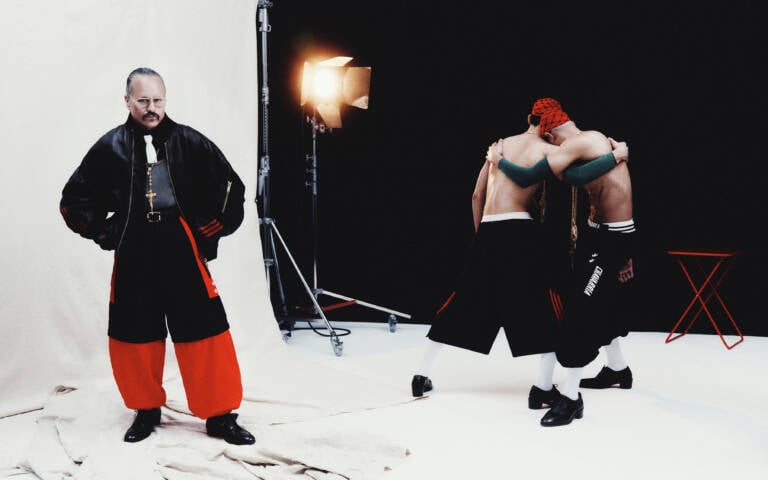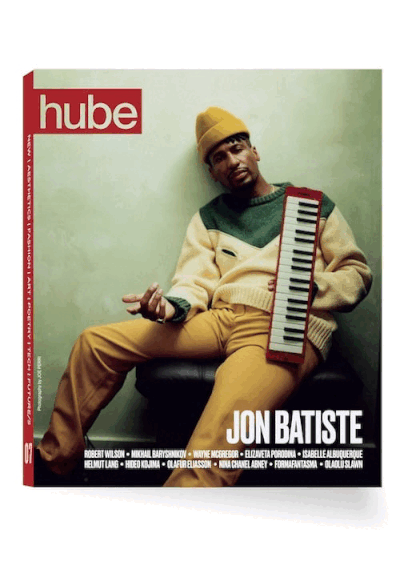Jorge Dorsinville is a Brazilian-born, New York–based Creative Movement Director and Choreographer, known for shaping the language of fashion choreography. His transcendental method, BODYtelling, transforms the body into an instrument of narration, using movement as a device to unify and project the connection between the ethereal and the physical. He has composed for some of fashion and film’s biggest names—Balmain’s Les Éternels fragrance with Olivier Rousteing and Carlijn Jacobs, David Yurman’s Holiday 2024 by Anthony Seklaoui with Sterling K. Brown, photographer Glen Luchford, and the Elle US May 2023 digital cover with Maty Fall, Alex White, and Sharif Hamza. During the COVID-19 pandemic, he launched JDOnlyLove, a clothing brand rooted in a mission of universal love, partnering with charities such as Ali Forney Center, UNICEF, and Every Mother Counts. Jorge sits down with hube to discuss his evolving regard for his medium, the body, and himself as he changes with it.
hube: You’ve said that you feel ‘movement heals, transforms, inspires, and moves the planet, just like nature’. What encounters or turning points revealed this truth to you?
Jorge Dorsinville: I discovered that truth through a series of moments that felt like quiet awakenings. One was deeply personal: times when I carried heaviness in my body or spirit, and it was only through moving—sometimes dancing, sometimes simply walking—that I found release. Movement became medicine. It reminded me that healing doesn’t always come from words or stillness, but from letting the body flow. Another turning point came through community. I’ve been in rooms where people—sometimes strangers—moved together, and within minutes the energy shifted. Smiles appeared, laughter spread, barriers dissolved. I saw how movement could inspire transformation not just within one person, but in the collective heartbeat of a group. And then there’s nature. Watching rivers flow, trees sway, or even the wind weaving through a field, I realised that the planet itself is never still. Movement is its way of staying alive, renewing, evolving. When I allowed my body to move with that same rhythm, I felt part of something much larger—like my own motion was echoing the motion of life itself. Those encounters—personal healing, shared energy, and mirroring nature—revealed to me that movement truly heals, transforms, and inspires, just as nature does.
h: How did growing up in Brazil—a place often associated with rhythm, vibrancy, and collective expression—influence your relationship to movement? Is there a specific memory, landscape, or community that continues to echo in your work today?
JD: Movement for me is a form of spirituality. It’s how I pray, how I listen, how I connect to something greater than myself. It’s not about religion—it’s about presence, about becoming so connected to your body that you can hear what your soul is saying. I grew up in a house called Terreiro de Umbanda (a syncretic Afro-Brazilian religion founded in Brazil during the early 20th century, blending African diaspora religions, Catholicism, Amerindian shamanism, and Kardecist spiritualism), where my older brother practised the Afro-Brazilian religion Umbanda in Salvador, Bahia, Brazil—and that shaped everything I believe about movement. In the rituals, we don’t just move for expression—we move to invoke, to embody, to honour. Each gesture carries a force, each rhythm carries an energy, each movement channels something ancestral and divine. That stays with me in everything I do. When I’m working, whether it’s on a fashion set or in a rehearsal room, I’m always listening for that same vibration—the movement beneath the movement. I believe the body remembers: it holds stories, wounds, joy, resistance. And when we move with intention, we unlock that memory. We let it breathe. We let it transform us.
So yes—movement, for me, is sacred. It’s how I stay connected to my origins, to the elements, to my ancestors. It’s how I make space for healing—in myself, and in others.
h: Movement is universal yet deeply personal. Do you believe it has a language of its own, one that transcends words and culture? How do you translate that language for different audiences?
JD: Absolutely—I believe movement has its own universal language, one that transcends words, culture, and even time. It’s the language of the body, and because every human has a body, it speaks to something primal and shared within us all. A gesture, a rhythm, a simple sway can communicate emotions that words often fail to capture—joy, grief, love, resilience. When we move, we tap into that shared vocabulary, and it becomes possible to connect without translation. At the same time, movement is deeply personal. Each person carries their own history, identity, and story in the way they move. For me, translating this ‘language’ for different audiences begins with listening—observing who they are, what they value, what they need. Sometimes that translation means creating simple, accessible movements that invite anyone to join. Other times, it means honouring cultural traditions or weaving in symbolism that resonates with a particular community. Ultimately, I don’t think of it as changing the language itself—it’s always movement—but rather shifting the dialect, the rhythm, the framing, so people can recognise themselves in it. That’s how movement becomes not only a form of expression but also a bridge—one that connects us across boundaries of culture, background, and even belief.
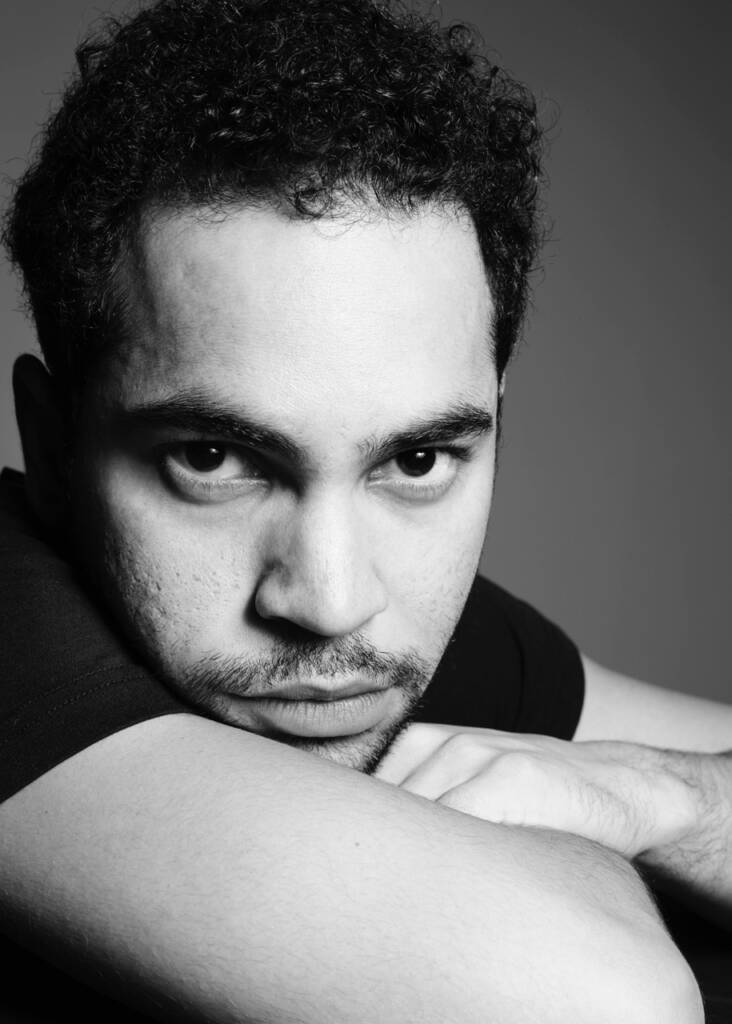
Photography by TERRY TSIOLIS
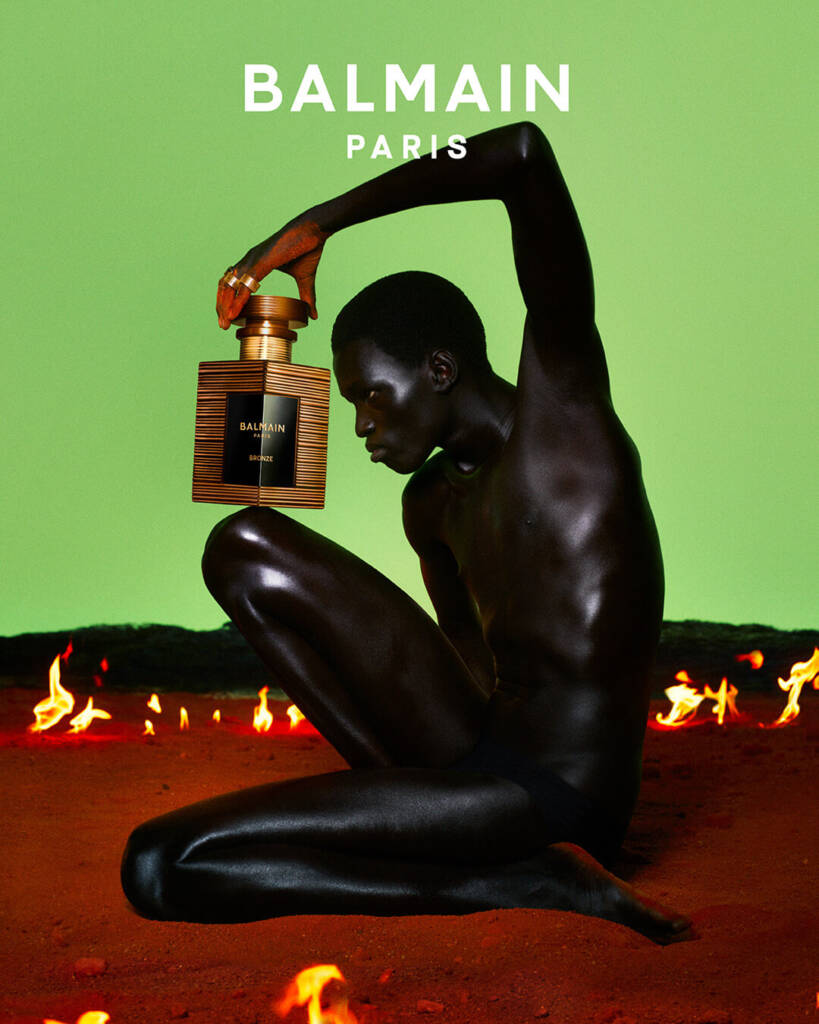
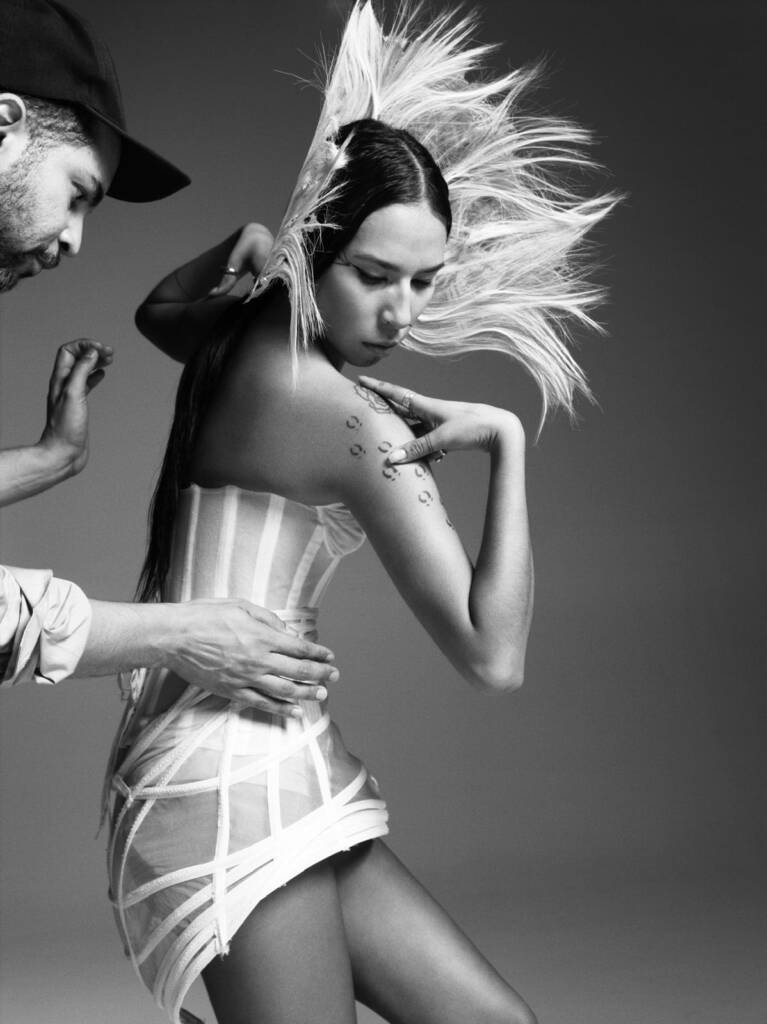
Photography by BJARNE x TAKATA
